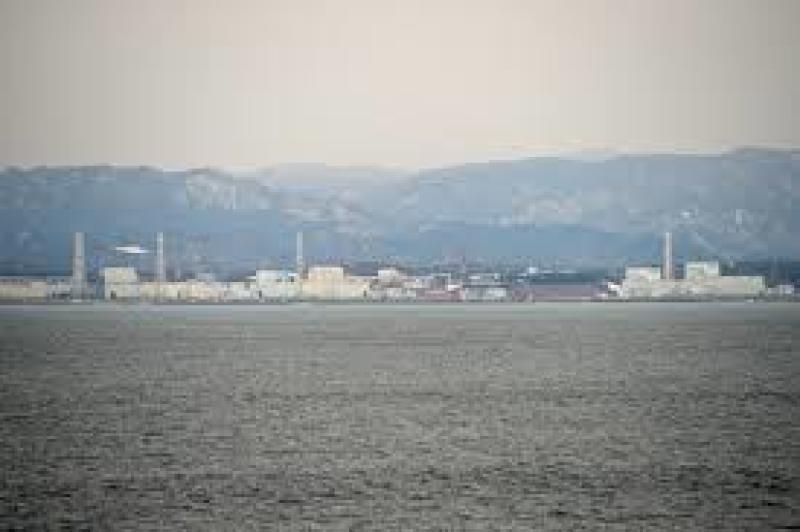

It has been 3 years and 7 months since the tsunami in Japan that caused a nuclear power plant in Fukushima to let out radiation. On March of 2011 when the incident took place, the Japanese government declared an emergency and ordered all residents of Fukushima to move to the surrounding areas until the situation was taken care of. Only recently, the government allowed Fukushima residents to move back into some parts of the area that were least effected by the nuclear reactor.
South Korea's News 1 however, reported that only a very small number of Fukushima residents chose to return to their homes, and around 130,000 of these local residents are still refusing to return.
On the 23rd, Wall Street Journal (WSJ) interviewed Ichiko Amimoto, a house wife who was one of the first people to move back to Fukushima after the government removed the state of emergency. Ichiko told WSJ how she had been living at her children's house in Tokyo. She had been going back and forth from her children in Tokyo and the temporary sanctuary that was installed outside Fukushima. Now, she has moved back into Kawa-Uchi, a village in the Fukushima area.
In an interview with WSJ, Ichiko shared about how she simply could not adjust to life in the city. In Tokyo she had developed a rather serious case of claustrophobia. She told WSJ, "I really missed my vegetable garden and the mountains". However, she will not be able to expect visits from her children who are still doubtful about how much radiation is left in Fukushima. Her grandson Amimoto commented that his family will be waiting longer until they are absolutely sure that Fukushima is safe, and that it may be better for his grandmother to visit them in Tokyo instead.
Before the nuclear reactor melting, the village of Kawa-Uchi had around 139 families living there. Now, only 20 percent of them were granted permission to return. In Fukushima, many residents are still waiting for the Japanese government to allow them to move back into their homes, while others are leaning more towards finding other places to live.
News 1 reported that younger residents tended to express that they wanted to stay out of Fukushima, while their parents and grandparents tended to prefer to return. In order to bring young men and women back, Fukushima is trying to create opportunities for employment primarily in the greenhouses. However, many experts expressed negative responses to this strategy since only 50 percent of greenhouses and farms in Fukushima are fully operational.



















